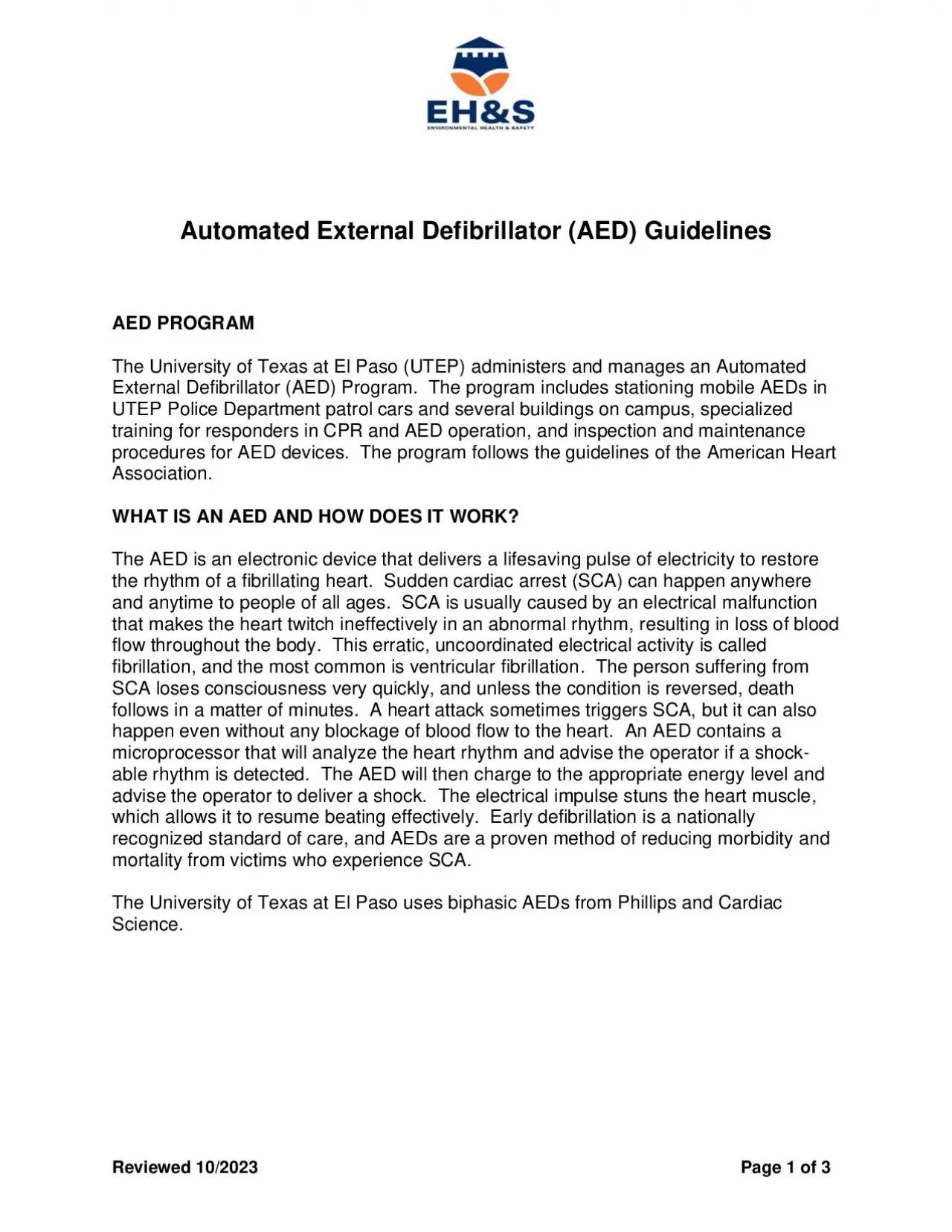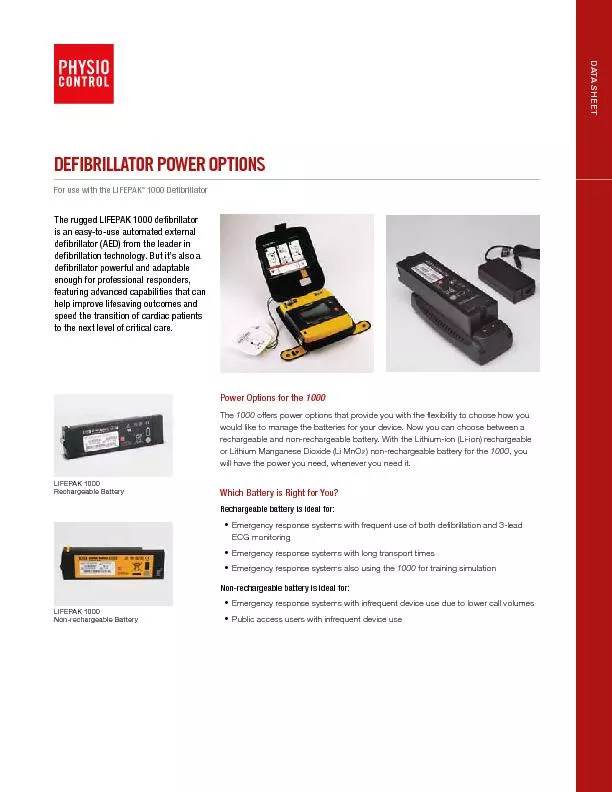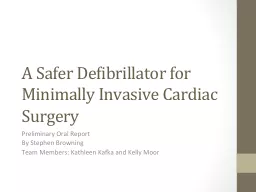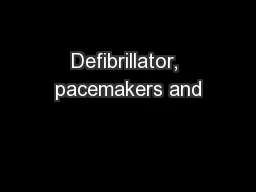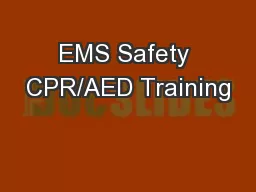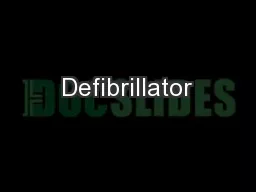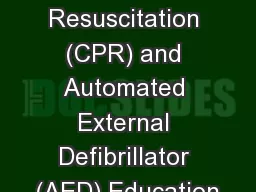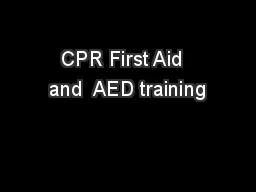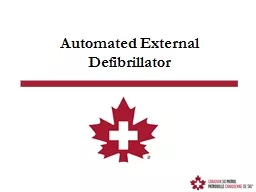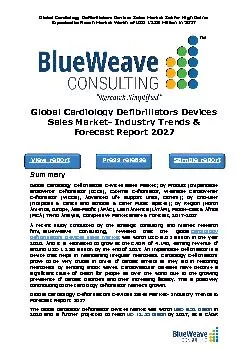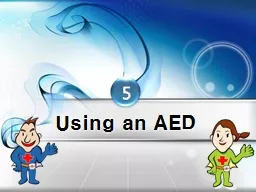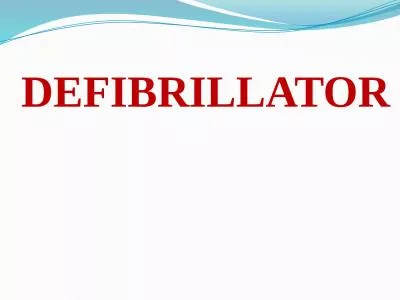PDF-Automated External Defibrillator AED
Author : reese | Published Date : 2022-08-16
Revised 0 1 201 8 Page 1 of 3 Guidelines AED PROGRAM Th e University of Texas at El Paso UTEP adm inister s and ma nage s an Automated External Defibr illator AED
Presentation Embed Code
Download Presentation
Download Presentation The PPT/PDF document "Automated External Defibrillator AED" is the property of its rightful owner. Permission is granted to download and print the materials on this website for personal, non-commercial use only, and to display it on your personal computer provided you do not modify the materials and that you retain all copyright notices contained in the materials. By downloading content from our website, you accept the terms of this agreement.
Automated External Defibrillator AED: Transcript
Download Rules Of Document
"Automated External Defibrillator AED"The content belongs to its owner. You may download and print it for personal use, without modification, and keep all copyright notices. By downloading, you agree to these terms.
Related Documents

